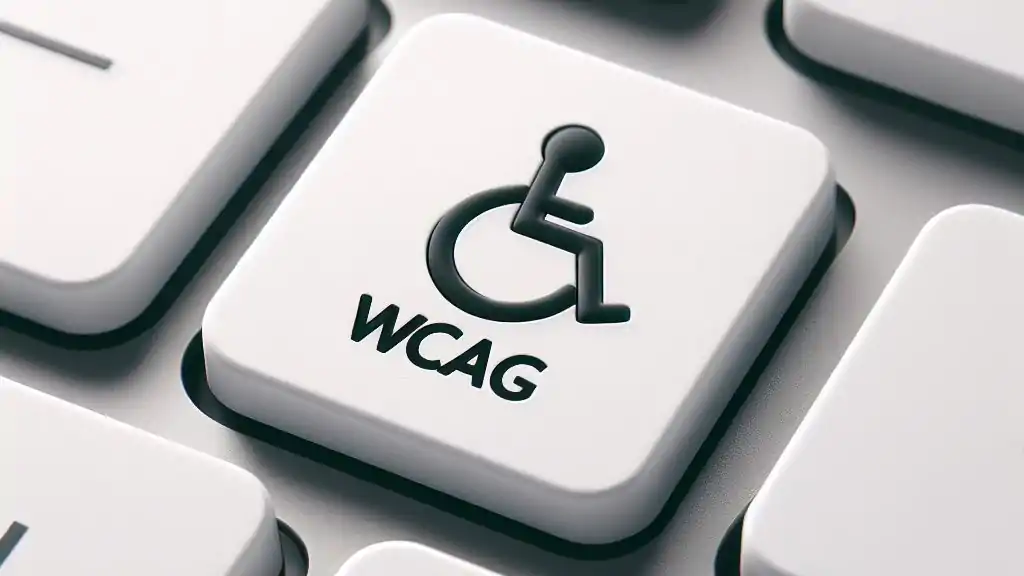 Contact
Contact

Posted April 23, 2024
In the ever-expanding digital landscape, the importance of accessibility can’t be overstated. Similar to the concept of curb cuts in the physical world, making online content accessible to all users, including those with visual impairments, is a crucial step toward fostering inclusivity. I want to explore the significance of ADA (Americans with Disabilities Act) and WCAG (Web Content Accessibility Guidelines) compliance, with a specific focus on audio accessibility for sight-impaired users. Much like curb cuts benefit everyone, ensuring digital content is accessible serves as a universal enhancement for a more inclusive online experience.
Digital accessibility as a universal right
ADA and WCAG were established to break down digital barriers and provide equal access to information for everyone, regardless of their abilities. Much like physical spaces incorporating ramps and curb cuts benefit not only those with mobility challenges but everyone, digital accessibility features, including audio components, enhance the user experience for all.
Why do you keep mentioning curb cuts?
Curb cuts, originally designed to aid wheelchair users, have proven beneficial for a wide range of individuals, including parents with strollers, delivery personnel, and cyclists. So something designed and implemented to aid mobility has a much broader impact. Similarly, audio accessibility features, designed to assist those with visual impairments, offer advantages to a broader audience, such as those multitasking, commuting, or simply preferring an auditory learning style.
Audio features: a gateway to inclusivity
Integrating audio features, such as screen readers, alt text, and audio descriptions, makes digital content more accessible for sight-impaired users. These features enable them (and other users with varied preferences or limitations) to navigate websites, consume information, and engage with multimedia content effectively.
Fostering universal design
The concept of universal design revolves around creating products and environments that are usable by all, to the greatest extent possible, without the need for adaptation. By incorporating audio features into digital content, creators adhere to the principles of universal design, ensuring that their platforms are accessible to a diverse range of users.
Educating and advocating
A crucial aspect of promoting ADA/WCAG compliance is education and advocacy. Empowering content creators, developers, and businesses with the knowledge and tools to implement audio accessibility features is essential in fostering a digital environment that is welcoming and usable by everyone.
In the spirit of curb cuts enhancing the physical world for individuals with varying needs, ADA and WCAG compliance, particularly in the realm of audio accessibility, transforms the digital landscape into an inclusive space for all users. Embracing these standards is not merely a legal obligation but a testament to a commitment to universal design and a more equitable online experience, where everyone, regardless of ability, can navigate, engage, and participate fully in the digital landscape.